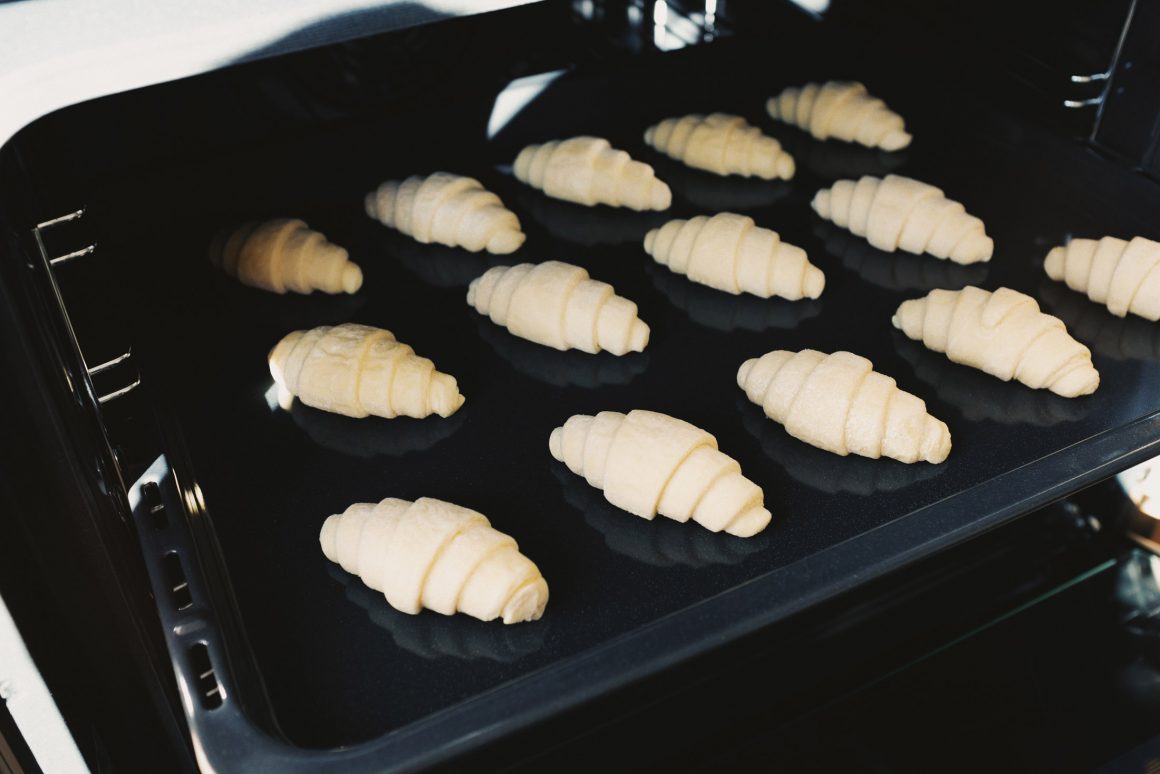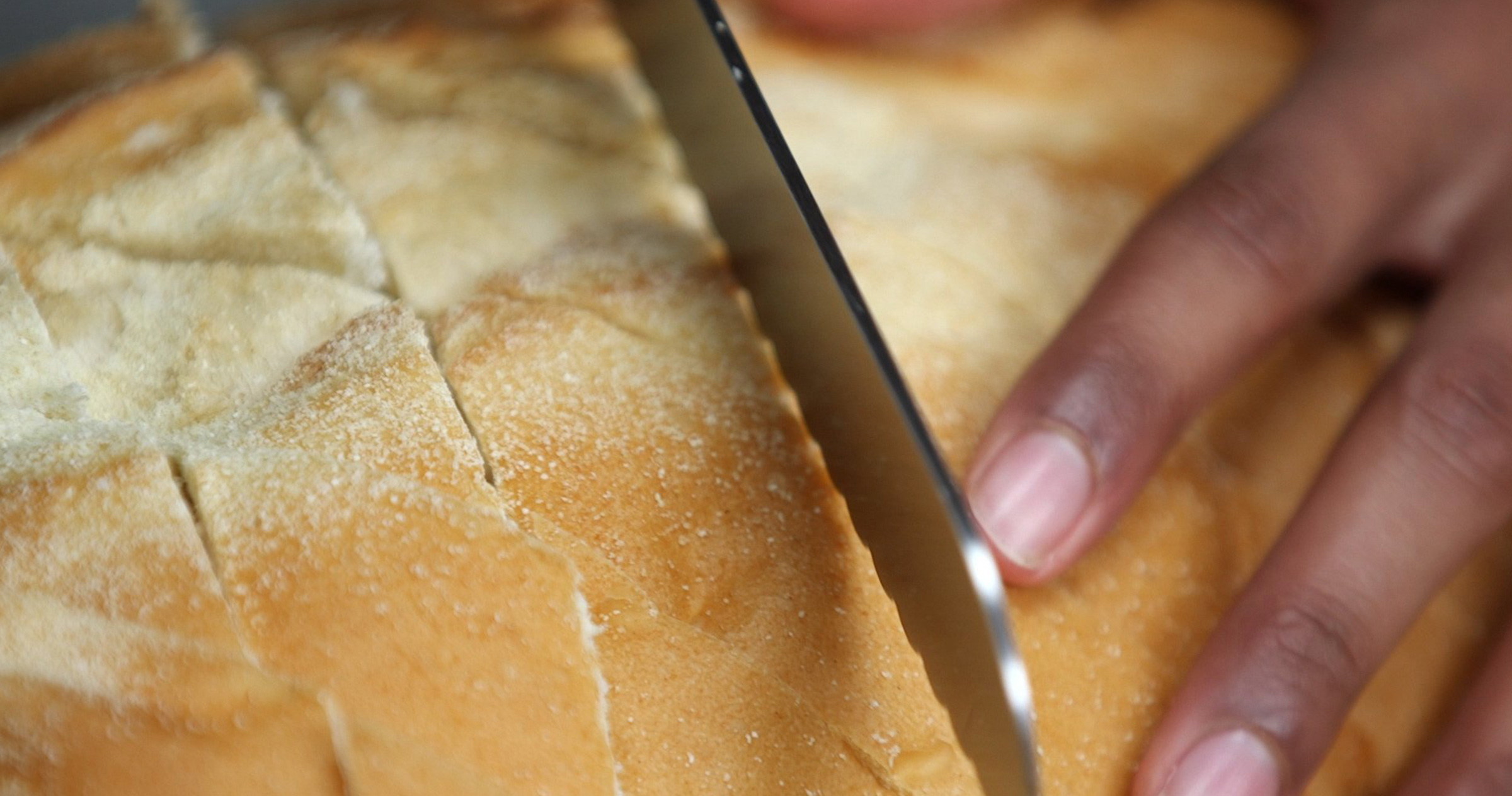Be it banana bread, sourdough bread, or my favorite, emergency no-yeast bread, it seems that everyone is posting tales of their homemade bread on social media. Such simple bread-making ingredients as flour, sugar, and yeast aren’t as easy to find as they were before the pandemic though. Is home-based bread-baking the latest pandemic trend?
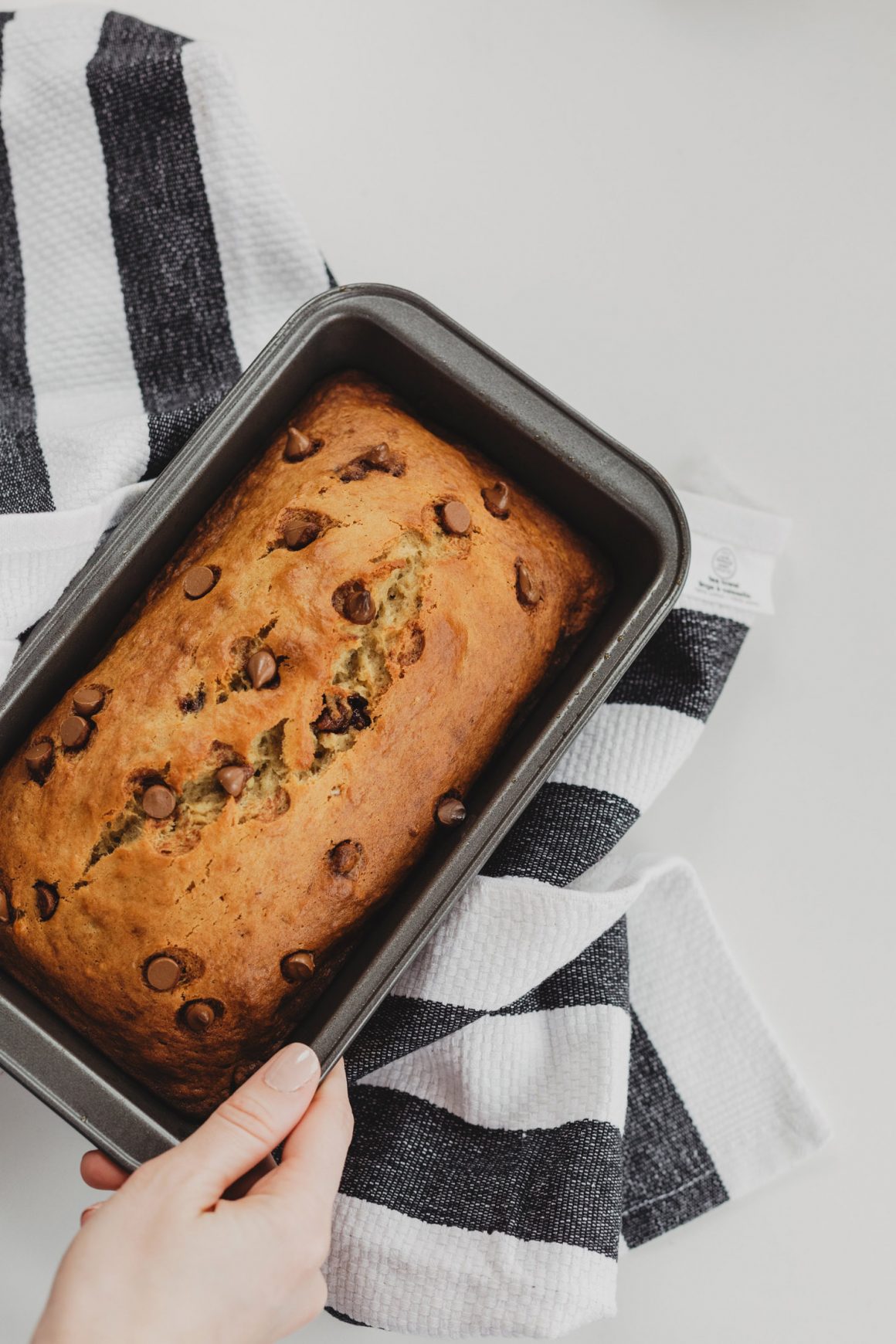
First, we experienced panic-buying of toilet paper. Then, there was lots of video chatting. Now we seem to be undergoing another movement of collective behavior: baking bread.
Baking has become a popular pastime during this time of lockdown and physical distancing. Self-isolation is inspiring people to become their own little boulangerie at home. In Canada, folks have been creating such traditional baked goodies as banana bread, cookies, cakes, cinnamon buns, and sourdough bread. According to Google trends, the search term “bread” in Canada has increased during the lockdown, spiking and peaking on Easter Sunday.
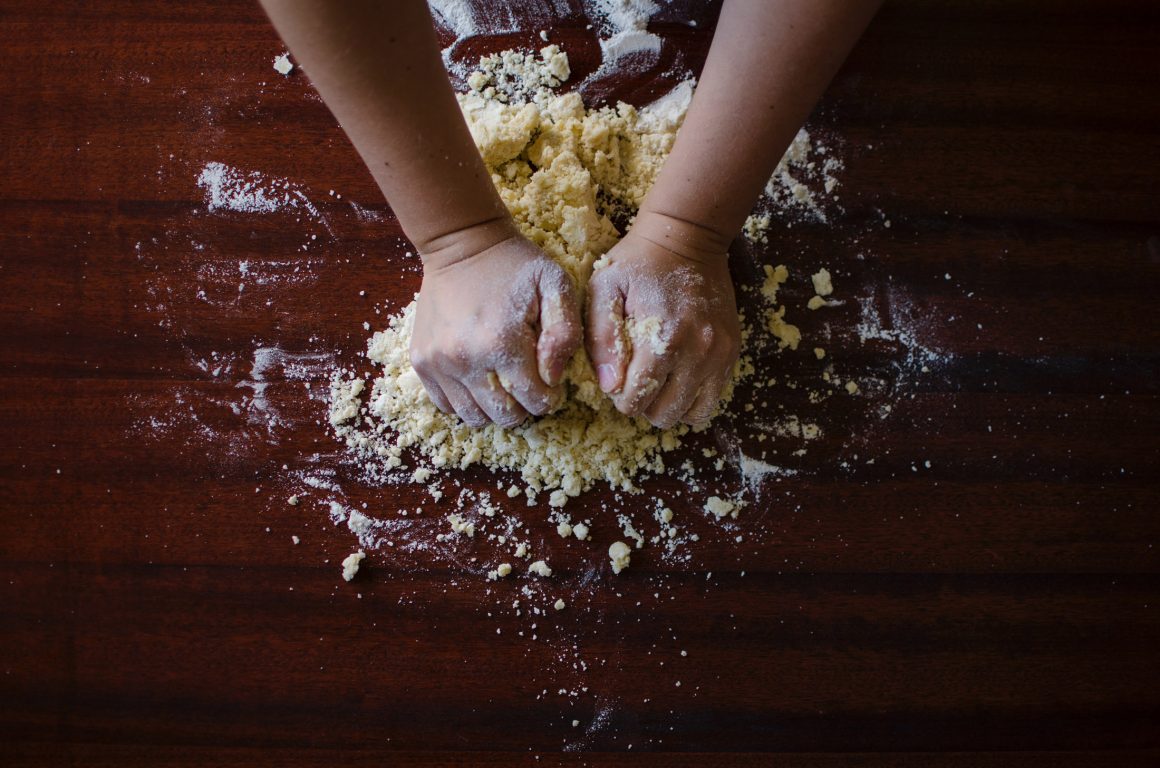
Demand for such typical bread ingredients as yeast and flour has increased beyond production capacity. Flour mills have been struggling to keep pace with the demand. Even small-scale flour mills that sell their products online, such as Daybreak, have seen orders soar since March. Much like healthcare workers, who are exhausted, the people producing goods that have suddenly garnered immense interest are feeling the pressure.
Despite the shift to home bread-baking, there is still plenty of commercially produced bread available in supermarkets, which suggests that we are not kneading our own dough out of necessity. In times of crisis, people turn to activities that give them psychological comfort, and few things are as simple and satisfying as freshly baked bread.
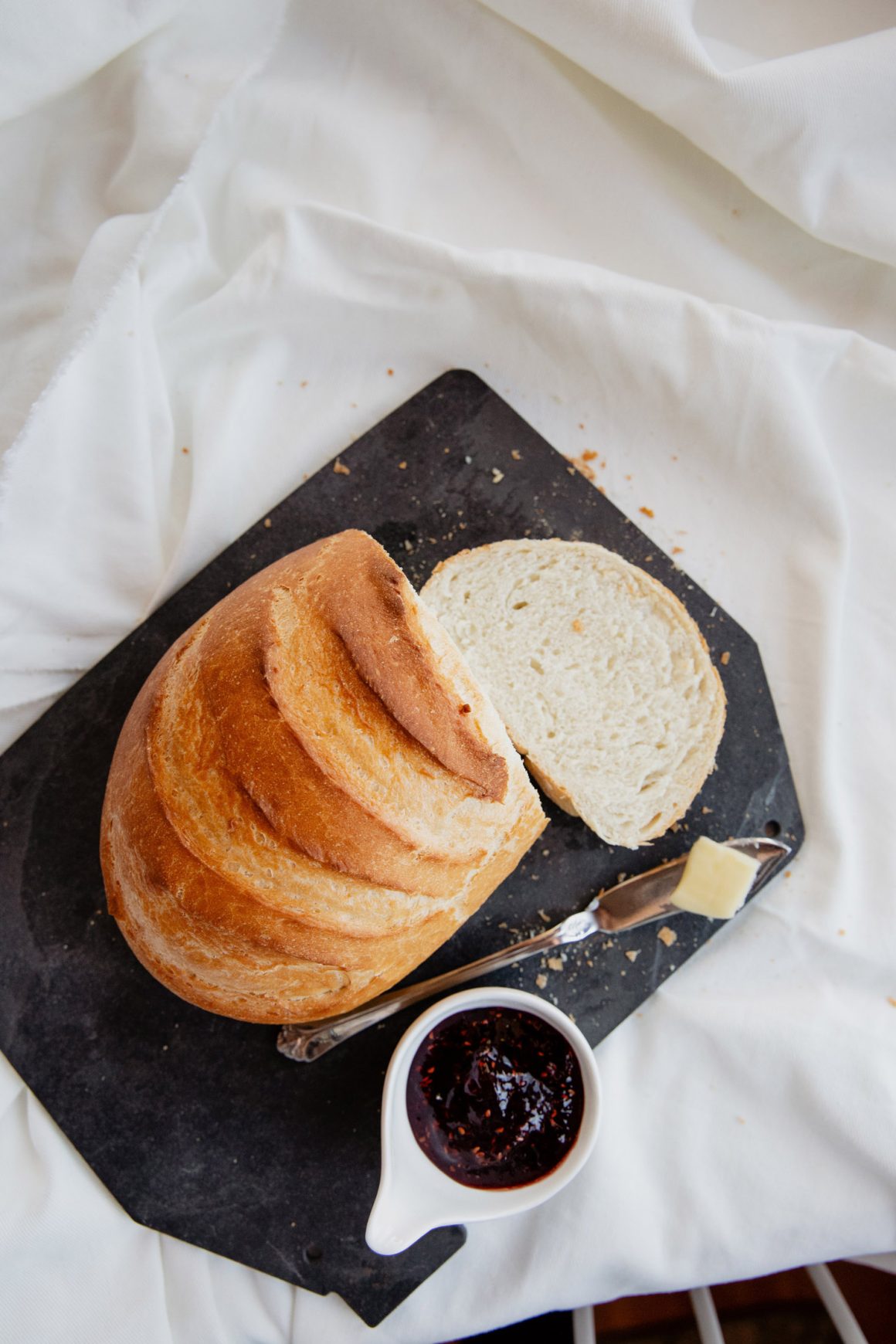
Dating back to the Stone Age, bread has been traditional fare, regarded by many as an essential food item that is shared with the family in solidarity. Writing in WellandGood, food historian Sarah Wassberg Johnson says the quarantine baking trend is reminiscent of another time of hardship: the Great Depression. There are some similarities between the Great Depression and the COVID-19 pandemic. As unemployment increases and we brace for an approaching global recession, fundamental baking ingredients — eggs, flour, milk — are still affordable and relatively easy to find.

This pandemic is affecting everyone and changing the ways in which we live. Baking bread brings us comfort that is warm, sweet, and carb-loaded during anxious times. In The Globe and Mail, Erin Stang Chrusch, a mother of three in Calgary, refers to bread-making as therapeutic and leisurely. “Being close to home for extended periods of time means that I can be there to let the dough rise for an hour, then knead, let it rise again,” she said. “Our normal schedule doesn’t allow that luxury.”
Why is every single person I know making bread
— Michelle Ghoussoub (@MichelleGhsoub) March 21, 2020
The process also triggers pleasure centres in the brain as the smell of freshly baked bread provokes a Pavlovian response through odour-cued memories, returning us to a sense of reassurance.
After the pandemic has ended, we will remember that Canadians dealt with the crisis by kneading and baking their way through self-isolation. •
